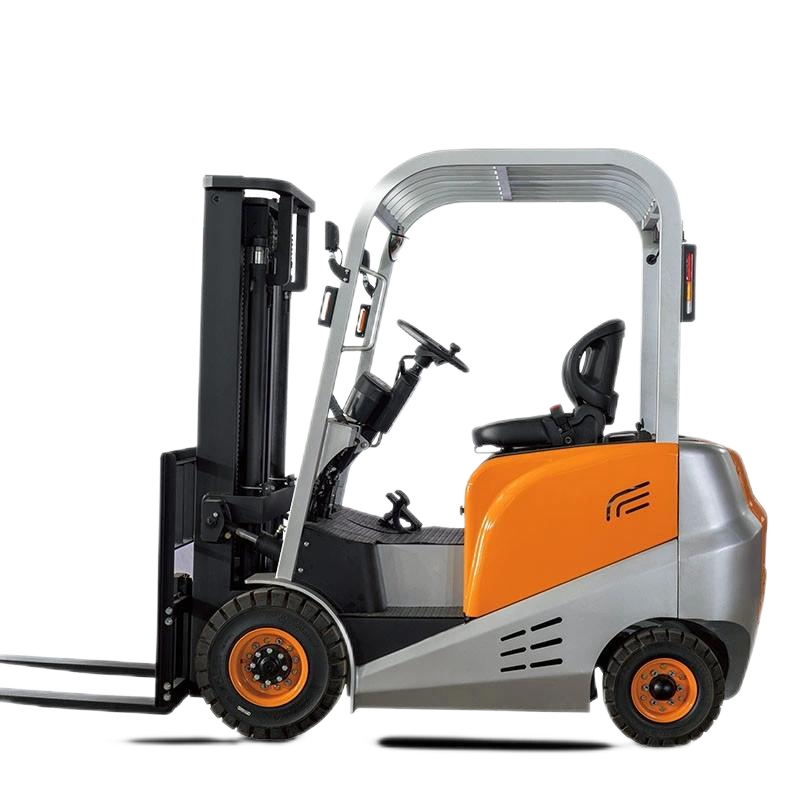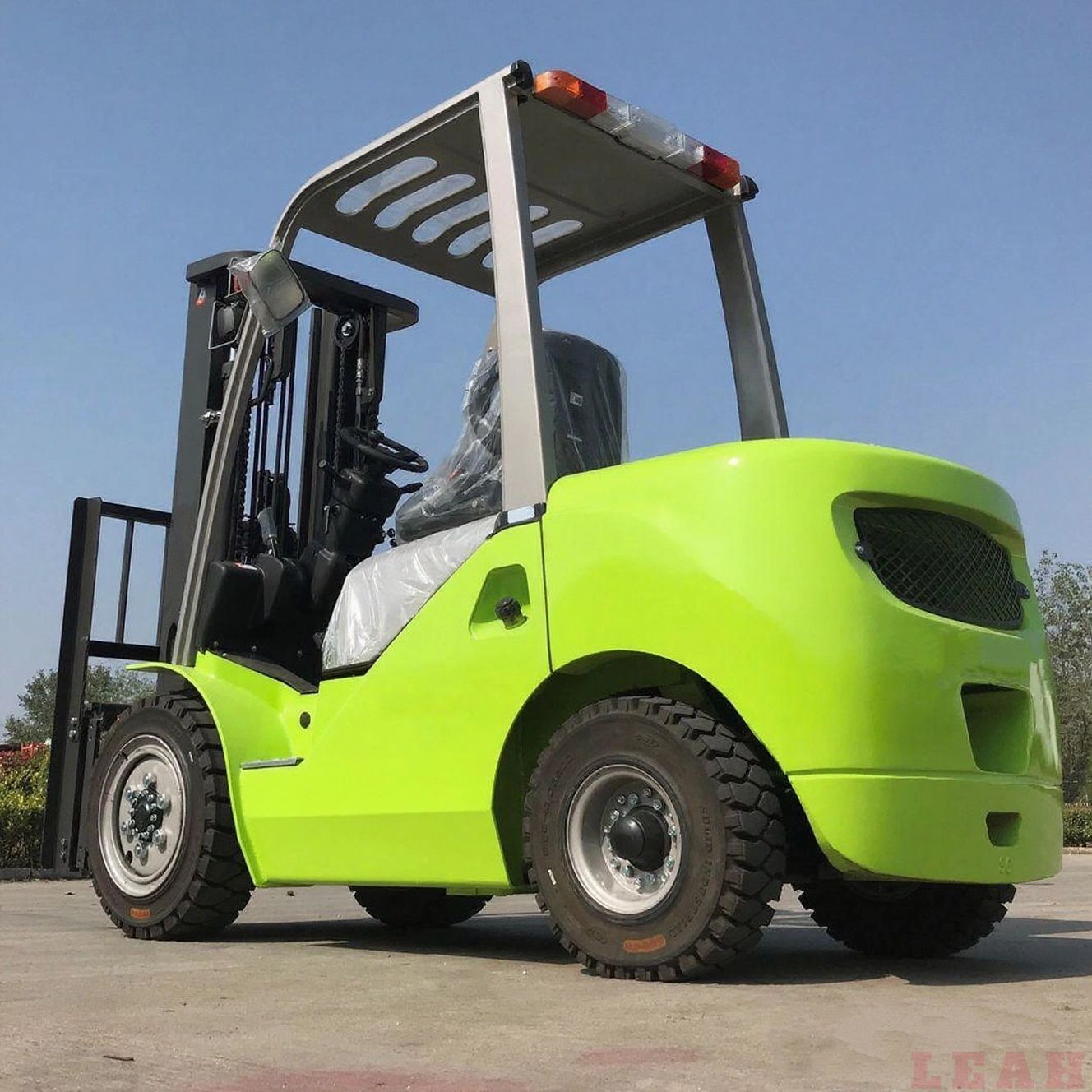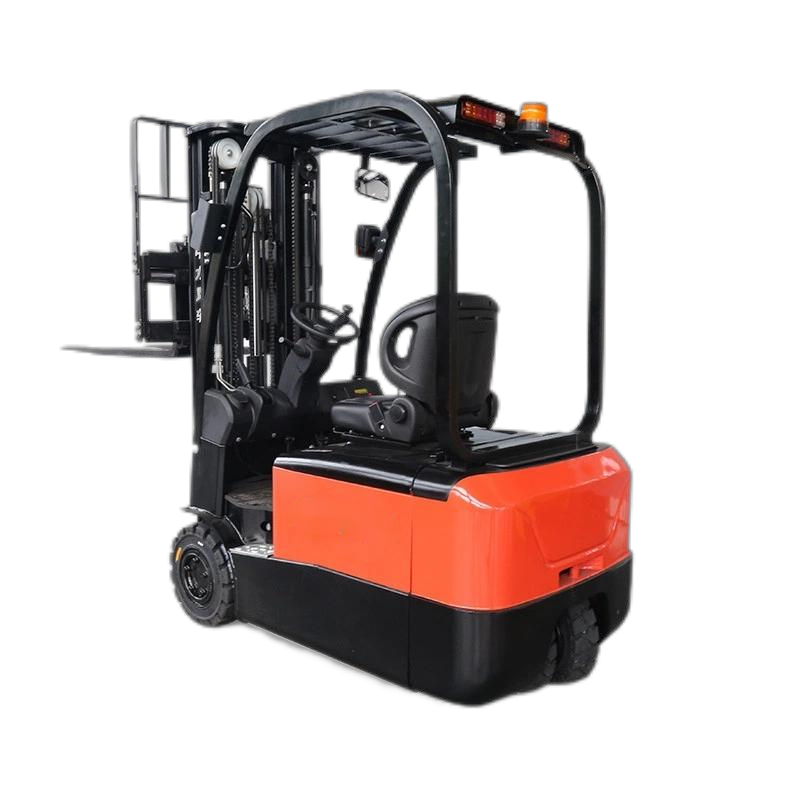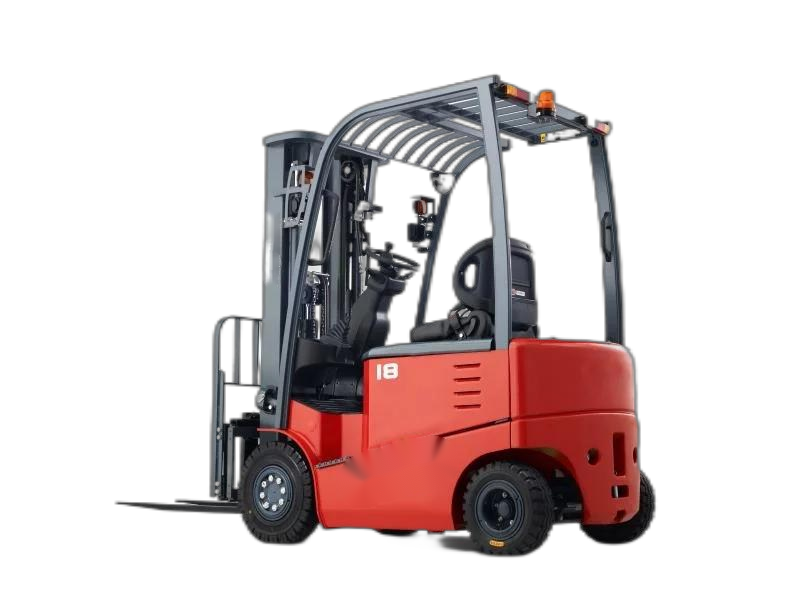Popular Science of Electric Forklifts
An electric forklift is an industrial handling vehicle powered by a battery and driven by an electric motor, with core advantages of environmental friendliness, low noise, and low operating costs.

I. Core Composition: Four Key Systems
The performance of an electric forklift is determined by four core systems, each with clear functions and collaborative work to ensure the stable operation of the forklift.Power System: Composed of a battery and a drive motor, it is the "heart" of the forklift. The battery provides electrical energy, and the drive motor converts electrical energy into mechanical energy to drive the forklift for driving and operating.Lifting System: Including a hydraulic pump, hydraulic cylinder, and forks, its core function is to realize the lifting and lowering of goods. During operation, the motor drives the hydraulic pump to run, delivering hydraulic oil to the hydraulic cylinder, and the forks are pushed up or down through hydraulic force.Steering System: Mostly adopting hydraulic power steering design, it is easy and flexible to operate. When the driver turns the steering wheel, it controls the action of the steering hydraulic cylinder, and finally realizes the steering operation of the forklift.Control System: Equivalent to the "brain" of the forklift, it consists of a controller, operating handle, and instrument panel. After receiving the driver's operation signals, the controller accurately controls the operation of the motor and hydraulic system; the instrument panel displays key information such as the forklift's power, driving speed, and fault warnings in real-time.
II. Main Advantages: Core Differences from Internal Combustion Forklifts
Compared with traditional internal combustion forklifts (fueled by diesel or gasoline), electric forklifts have significant competitiveness in multiple dimensions, with specific comparisons as follows:
| Comparison Dimension | Electric Forklift | Internal Combustion Forklift |
|---|---|---|
| Environmental Friendliness | Zero exhaust emissions, no oil fume pollution, meeting the needs of indoor operations | Emits exhaust containing pollutants such as carbon monoxide and particulate matter, polluting the environment, mostly used for outdoor operations |
| Noise Level | Low operating noise (usually ≤70 decibels), creating a more comfortable working environment | High noise (usually ≥90 decibels), prone to noise pollution, affecting the surrounding environment and human health |
| Operating Cost | Electricity cost is lower than fuel cost, fewer maintenance items (no need to replace engine oil, filters, etc.), low long-term operating cost | High fuel cost, need to regularly replace wearing parts such as engine oil and filters, complex maintenance procedures and high cost |
| Operation Difficulty | Lightweight operating handle, smooth start, low learning threshold for beginners and easy to get started | Operation requires coordination of clutch and accelerator, with a sense of impact when starting, high learning difficulty and cost |
III. Applicable Scenarios: More Suitable for These Places
The characteristics of electric forklifts determine that their applicable scenarios have clear directions, mainly focusing on places with high requirements for environmental quality and operation accuracy:
IV. Usage Notes: Extend Service Life + Ensure Safety
Correct use and maintenance are key to giving full play to the performance of electric forklifts, with emphasis on the following two points:
(I) Battery Maintenance
Avoid over-discharging. When the power is lower than 20%, it is necessary to charge in time to prevent permanent damage to the battery due to power loss.When charging, the original supporting charger must be used. The charging environment should be well-ventilated, avoiding direct sunlight or high-temperature environments (to prevent the battery from bulging and leaking).Regularly check whether the battery connecting wires are loose or oxidized, and whether there is electrolyte leakage on the battery surface. If problems are found, stop the machine immediately for treatment to avoid expanding the fault.
(II) Safe Operation
Comprehensive inspection is required before operation: confirm that the braking, steering, and fork lifting functions are normal, and that there are no fault prompts on the instrument panel. Operation can only start if there are no abnormalities.When handling goods, the forks should be as low as possible (10-15 cm above the ground). Avoid sudden acceleration and braking during driving to prevent goods from tipping over and causing safety accidents.Overloading is strictly prohibited: The rated load capacity of the forklift will be clearly marked in a prominent position on the vehicle body. It is necessary to select a suitable model of forklift according to the actual weight of the goods to avoid damage to the forklift structure or rollover due to overloading.







